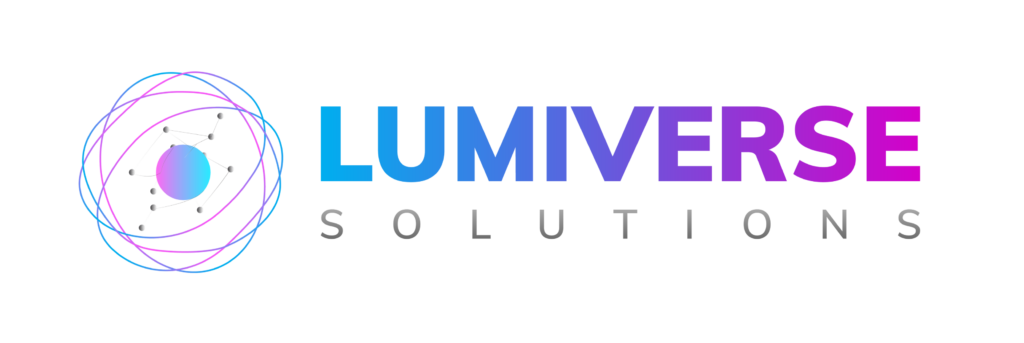Cybersecurity Regulations in 2025 What Businesses Need to Know It All
Cybersecurity Regulations in 2025 What Businesses Need to Know It All INTRODUCTION With the advent of the year 2025, the business world is increasingly demanding more robust cybersecurity frameworks. As cyberattacks are at an all-time high with digital transformation, a pressing need to have tough cyber-security regulations in 2025 exists. We shall embark on this article detailing the emerging cybersecurity landscape, regulatory compliance that businesses have to meet, and keeping abreast of cyber-criminals with constant emergent threats and regulatory requirements. The comprehension of the cyber security rules in 2025 is one thing that makes an organization comply as well as saves an organization’s data reputation and future growth. The reason that cyber security regulations are becoming increasingly important The digital world has brought its own set of opportunities, but it has also brought along various security challenges. As businesses get into digital tools and cloud solutions, the potential for cyber attacks like ransomware, data breach, and phishing increases. There is a growing need for strong and comprehensive cybersecurity regulations in 2025. The demand is slowly coming to the fore, and governments as well as regulatory agencies all around the world have already begun with more stringent security measures to aid businesses in combating these risks. Knowing the existing cybersecurity laws 2025 will protect businesses from cyber attacks and penalties for non-compliance . International Cyber Security Laws in 2025 1. General Data Protection Regulation (GDPR) in 2025 The European Union established GDPR as another cornerstone of its cybersecurity regulations on protecting personal data and privacy in the lives of EU citizens by holding businesses liable for how such sensitive data are collected, processed, and stored by 2025. It is important to know and follow the principles of GDPR if you are a business in the EU or trade with the EU. In our expectations, the regulations will be much more strict by 2025, and the punishments for the nonimplementation of these will be steeper. Organizations will have to invest in secure data storage solutions and in the privacy-by-design frameworks. Key Requirements for GDPR: Data minimization Greater consent mechanisms Transparency and user rights Audits and documentation 2. Cybersecurity Maturity Model Certification (CMMC) 2.0 The U.S. Department of Defense came up with CMMC 2.0 with the primary focus on improving the cybersecurity posture which contractors handling controlled unclassified information maintain within the organization. Regulation is going to be an essential concern regarding the aspect of cybersecurity in relation to 2025 business regarding government contractors in 2025. CMMC 2.0 is divided into a tiered model that consists of several different levels of cyber maturity, but broadly speaking, it can be categorized into Level 1, which comprises basic practice, and at the other end, Level 3 is regarding advancement in security measurements. Defense businesses as well as government contracting firms have to find out what needs are necessary about CMMC 2.0 and get ready for auditing the firms. Components of CMMC 2.0 Level 1 Basic Cyber Hygiene Level 2 Advanced Cyber Hygiene Level 3 Highly Advanced Cybersecurity Practices 3. CCPA and the Amendments of the Year 2025 California yet again takes the lead in the discussion on the data privacy regulation as it promulgates CCPA that is to come into force from January 2025. The amendments which will be there in 2025 will further increase consumer rights towards privacy but also bind the business for the protection of personal information. By 2025, California businesses and any which target California customers must be ready for new, improved consumer rights under the California Privacy Rights Act (CPRA). The rule requires clear mechanisms for managing consumer consent, transparence of data collection, and erasure of consumer data on demand. CCPA/CPRA Major Requirements: Access to consumers’ personal data Erasure on request Improve practices regarding consumer consent 4. Network and Information Systems (NIS) Directive This EU directive on NIS will standardize the security of networks and information systems across the region. Companies offering essential services in energy, healthcare, and transport, among others, will now face new directives under the NIS2 Directive-an extended version of the original directive-to be applicable by 2025. The expectation of NIS2 is that firms will strengthen their security measures and incident response and reporting mechanisms that are in place. Non-compliance with the process will be given extreme punishment. Therefore, organizations must determine their cybersecurity risks and implement the necessary protection. NIS2 Directive Requirements Business supplying services to the public sector risk management measures Incident detection, response, and reporting Cross-border cooperation among member states Cyber Security Regulations in 2025 Summary 1. Regulatory Compliance on Artificial Intelligence and Automation The adoption of AI and Machine Learning in organizational processes demands higher needs of regulatory authorities for generating AI-based compliance rules with regard to new risks emerging in Cybersecurity. Through 2025, it is foreseen that AI shall be implemented in surveillance of cyber threats, automation of regulation compliance workloads, and probable estimation of vulnerabilities. Business organizations will be compelled to implement AI-based applications to meet the changing needs of the compliance regulations and protect sensitive data. The application of AI in continuous monitoring can help organizations identify emerging threats early, so the threats are addressed before they become threats. 2. Cloud Security Regulations This means that, by 2025, compliance with regulations over cybersecurity will be much sterner for cloud environments, more so since increasing businesses are transferring their operations to the cloud. It is in this area where standards, including ISO/IEC 27001, focusing specifically on cloud security, will come to frame the secure method in which data is managed within the cloud as well as best practices relating to encryption, access control, and integrity of data. With these regulations put in place for cloud providers, business will have to comply with the standards set in the industry on cloud security and ensure that data is secured in every cloud platform. 3. Supply Chain Cybersecurity Supply chain attacks are going to feature at the head of concerned regulations from 2025 ahead. These attacks, in particular, target weaknesses based on third-party
Cybersecurity Regulations in 2025 What Businesses Need to Know It All Read More »




